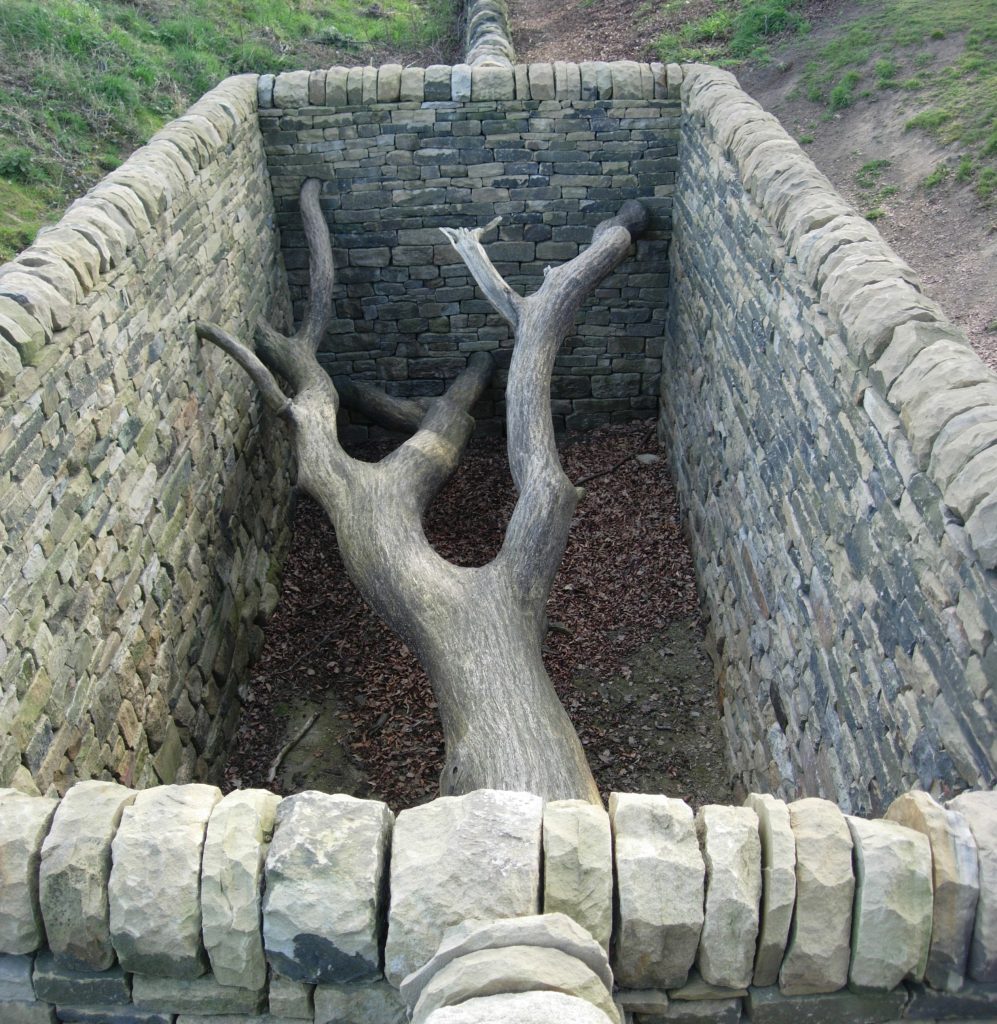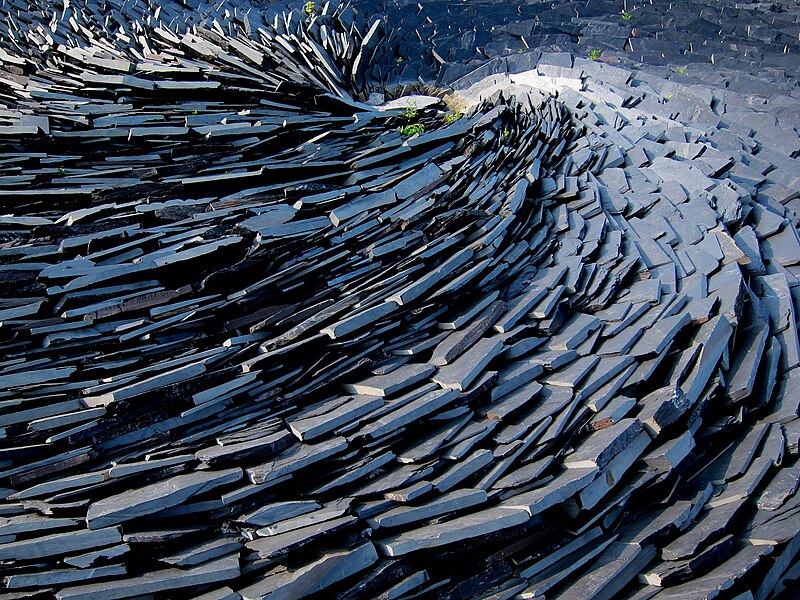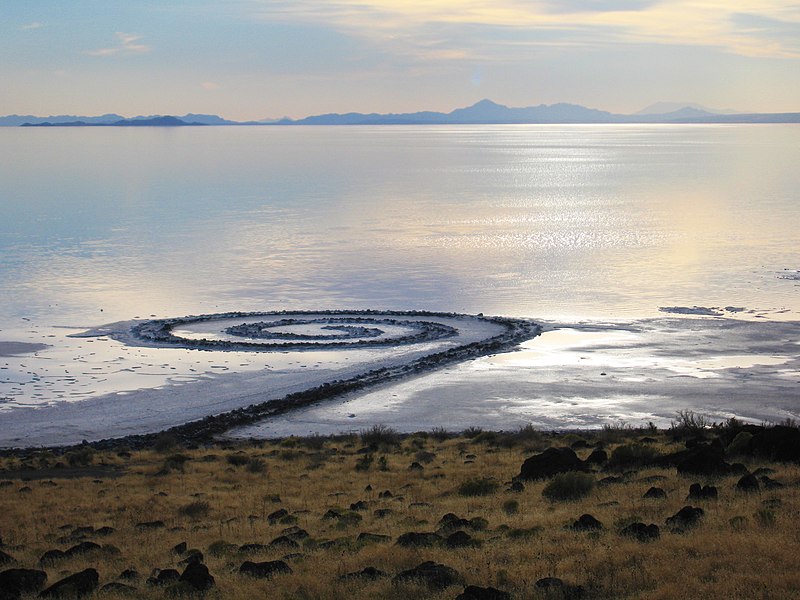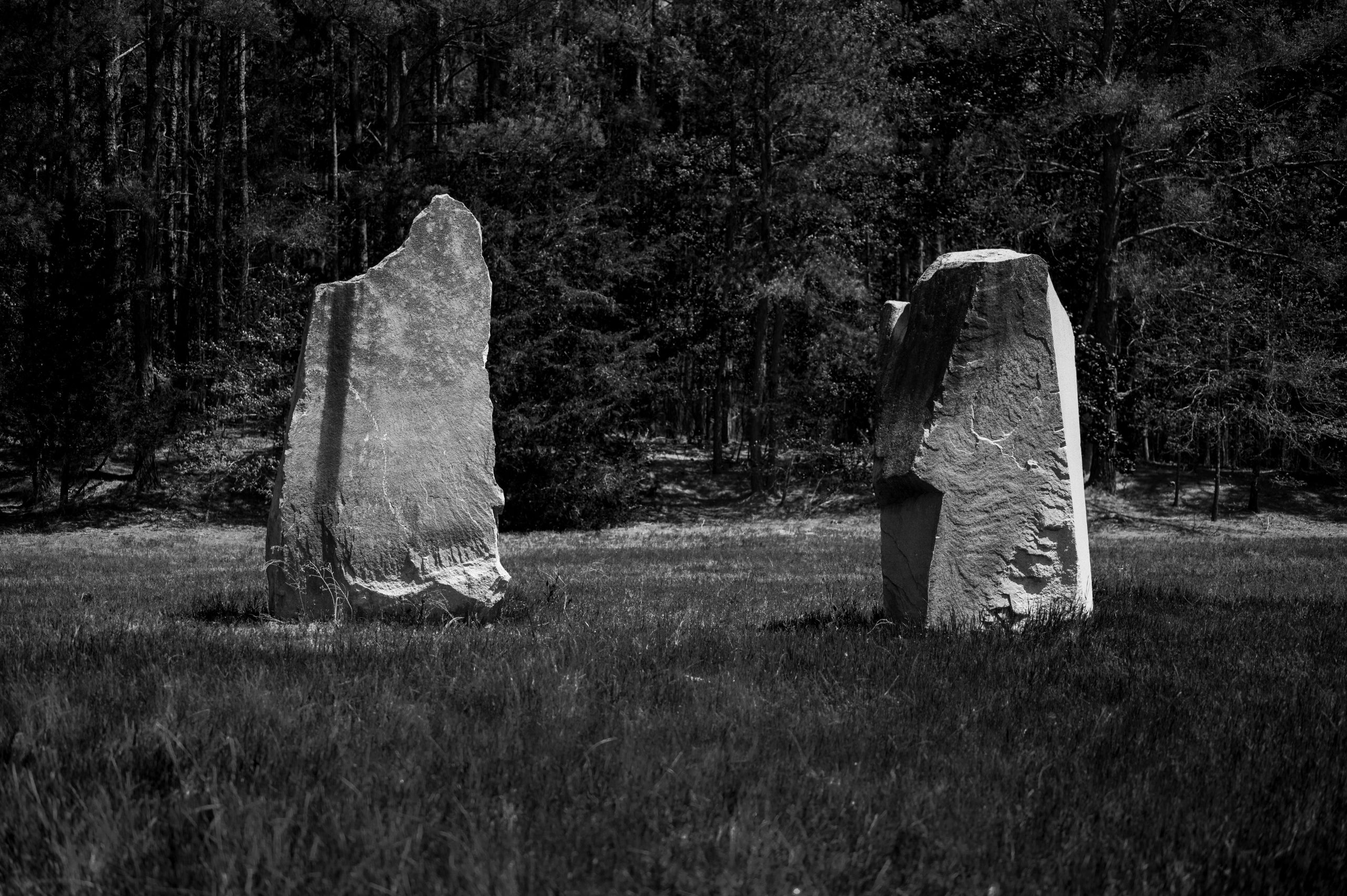Land art emerged as an eloquent form of critique against art’ commodification during the turbulent 1960s and 1970s. A historical context marked by social change and political rejection. This movement, leveraging earth as a medium, explicitly sidestepped traditional galleries and museums, probing existing standers of artistic exhibition. land art’s dedication to the physicality of organic materials reiterated minimalist tendencies, standing out as a distinct branch raising from the waters of its predecessors with a novel and new paradigm. Land artists, with their radical objection to the status quo of artistic displays, embedding art directly into natural landscapes, thereby, initiating a significant bound linking art, environment, and viewers. This approach converted landscapes into massive feeless exhibitions, with art intrinsically tied to its natural context, sharply contrasting the confined spaces of traditional galleries.
“Art is born of the observation and investigation of nature” Marcus Tullius Cicero
Earth as a Medium, The Roots of Land Art
Land art philosophy centers on forming a deeper, more harmonious connection with nature. This movement arose in the 1960s 1970s in response to the commodification and commercialization of art. Artists such as Robert Smithson, Michael Heizer, and Nancy Holt tried to break free from the restrictions of traditional galleries and institutions. These settings, they believed, reinforced art as a commodity, rather then a process or experience. Furthermore these artists highlighted the shared transient character between art and nature, producing art directly in and with the environment, making use of natural materiel like rocks, water, and leaves.
This movement was also a dispute against the art market’s supremacy, since it offered an art form that was nearly impossible to buy or sell, challenging the entire concept of art as a collectible affair. Their works served as creative expressions, a reflection on current environmental concerns, and the human contribution to nature. Thus, land art represents a dramatic transition in the nature and experience of art, stressing a return to organic origins, as well as a critique of commercial conduct in the art sphere.
The Transient Nature of Land ART
Land art, given its transient nature, intended to evolve, shrink, or even vanish in accordance with natural cycles making use of earth as a medium. This branch of art deliberately pushed outside the galleries walls, rejecting permanence and ownership. Its a form of art that is inextricably related to environment, embodying nature’s ephemeral and ever-changing state. This notion is well illustrated by Robert Smithson ” Spiral Jetty” a classic example. It spirals into Utah’s great Salt Lake. Built in 1970 out of rock, soil and algae. It’s visibility varies with water levels, being submerged at times and fully displayed at others. This dynamic connection to natural elements emphasizes the essential premise of land art; art cooperating with nature’s temporal fluctuations.
Famous Land Artists
- Andy Goldsworthy:
A well-established British artists, born in 1956 in Cheshire, England. Known for his nature inspired sculptures and installations made out of natural materials. Goldsworthy’s work, recognized for its complex patterns and natural shades.

- Chris Drury:
British artist Chris Drury, born in 1948 in Colombo, Siri Lanka. Acclaimed for his nature-inspired sculptures and installation using environmental material. Educated at Camberwell School of art and Royal Collage of Art. Showcased in esteemed venues like the Tale Modern in London.

- Robert Smithson:
Robert Smithson, an influential American artist born in 1938 in Passaic, New Jersey, was renown for his large-scale land art sculptures. He studied at the art Student League in New York City and graduated from the Brooklyn Museum Art School.








